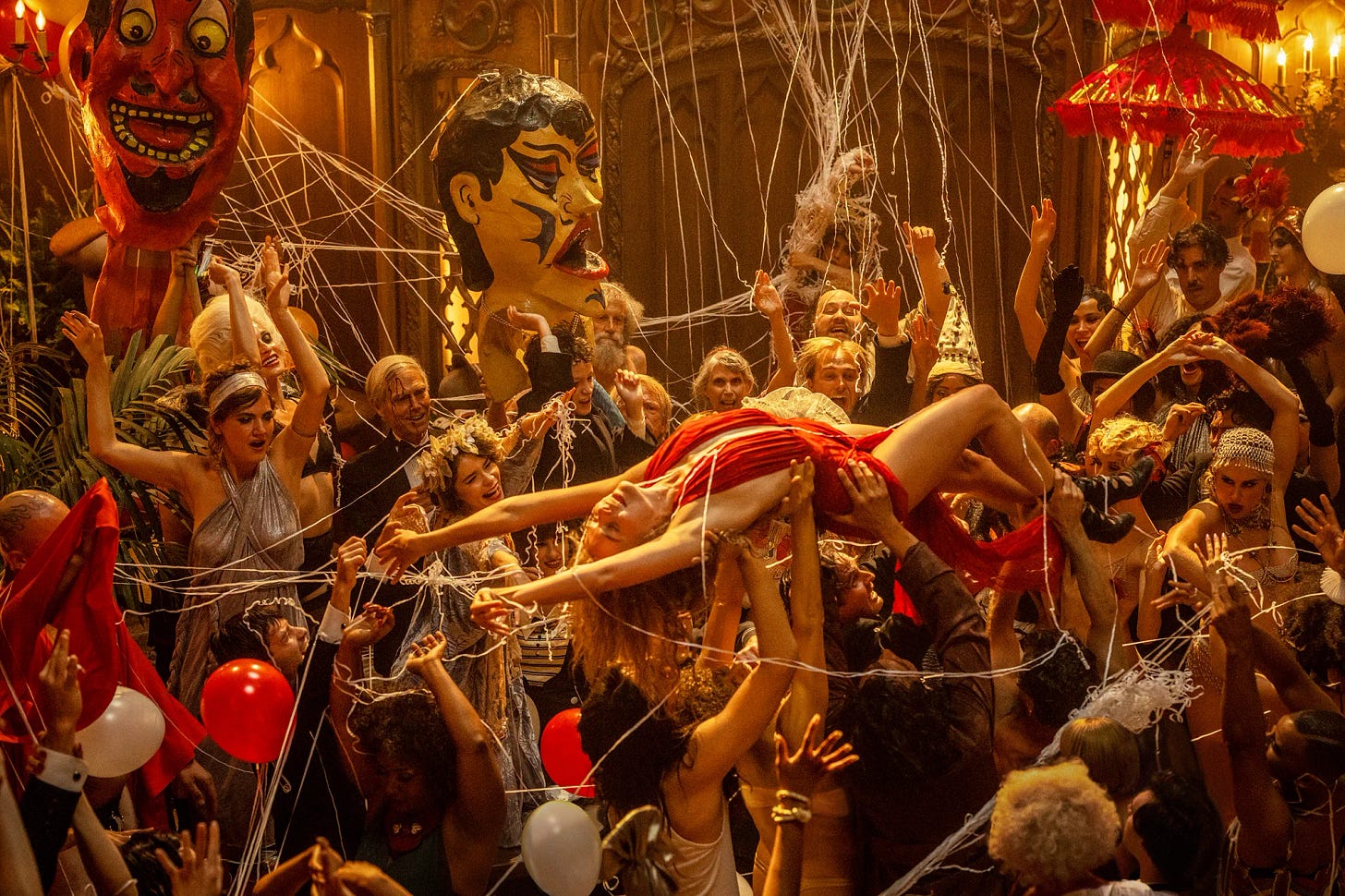Recently, I’ve noticed an interesting parallelism between impressionism and certain movies that I’ve watched. I’d like to share this nugget of information which may or may not be a result of ✨ confirmation bias ✨.
Impressionism
Impressionism was an art movement in the latter half of the 19th century that focused on naturalistic subjects, light and capturing people in the moment. The wide globule-like brush strokes are an identifying feature of this form.
The 2 things that I want to highlight about Impressionism that will be handy for the movies are :
Naturalistic or Historical Subjects - the Impressionists focused on painting subjects of the real world or some historical event. They refrained from painting mythological or phantasmagoric scenery and chose to zone on the individual and their environments.
Zoom-out-to-zoom-in - A key quality of many impressionistic pieces is that they require you to zoom out. When you look closely at a Monet or a Degas, its so messy. You see the brush strokes (a big no-no for Renaissance artists) and it’s muddled and almost like the artist was not focused. So looking closely you get confused about what its about. But the real magic is comes when you step back. You need to see it in its completeness. Only upon seeing the whole do you understand the details. Hence, zoom-out-to-zoom-in.
For example, in the Rouen Cathedral picture above, looking closely at it makes you think that a child found some oil colours and went ham. But zooming out, you can kind of see the cathedral shimmering in the sun. Like when you squint your eyes on a sunny day and the picture gets all hazy.
In the very same way, I think if you squint really hard. Like really, really hard after watching the following movies. You might just see it.
The Flicks
I’ve managed to isolate 2 movies that display this kind of style.
Aftersun
Babylon
These two, in my mind, best depict the connection. However there are plenty more.
Aftersun
This is the debut feature film of director Charlotte Wells and it got nominated for an Oscar. First. Feature. Film. Talk about come out swinging. This is the perfect example of “naturalistic subject”. We all have memories. We reminisce. We get a lump in our throat looking back at old pictures. Aftersun is a movie that perfectly captures this. But I would argue you don’t fully realize it until the end.
This movie piqued my interested the first time I watched it. And it was heartbreaking the second time. You really have to watch the film end-to-end to grasp what it’s trying to convey. Watching pieces of it would only render parts of a whole. The very essence of impressionism - zoom-out-to-zoom-in.
Babylon
For all its gaudy excesses and glamour (and trust me, there was a lot of it 👀), Babylon was an exceptional film.
However, when you take the movie as a whole, it is quite a gripping exposition about the cinema as a form. The cycles that any art form goes through. What new auters bring and what newer audiences take away.
This is an exceptional display of zoom-out-to-zoom-in. Up close, Babylon is a haphazard and frantic. You are bombarded with scene after scene of some narrative arc but have no idea what fits in where. However, when you watch the whole movie as a whole, it all comes together. Not only the story but also what Damien Chazelle wanted to convey - eternal cycles.
Anyway that has been my (incredibly short) take on a special kind of movie-art connection I’ve found. I can think of a few other movies that have this style if you want to keep exploring
In the Mood for Love
Momento
please do let me know if you find more.
until next time.






